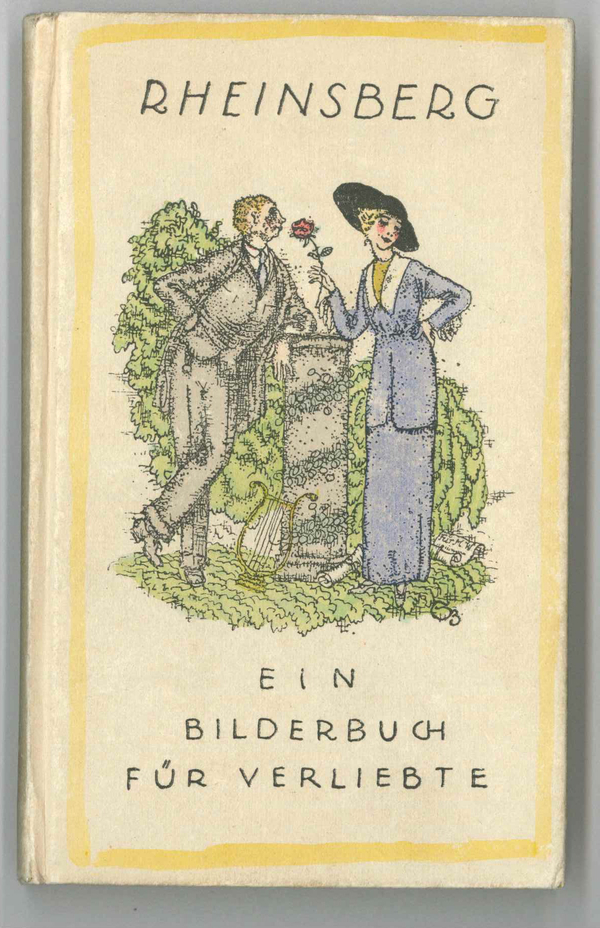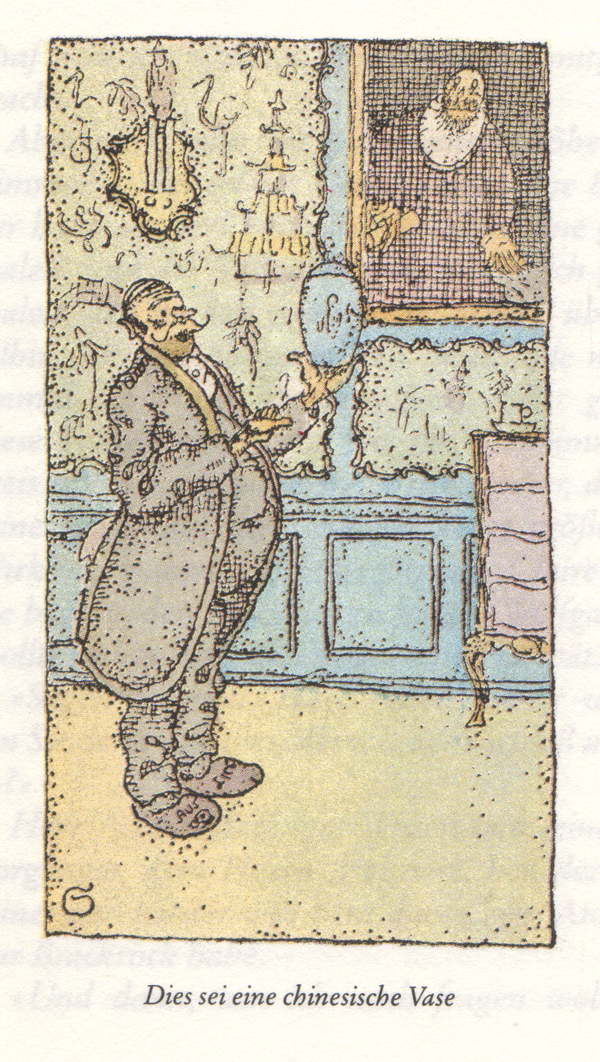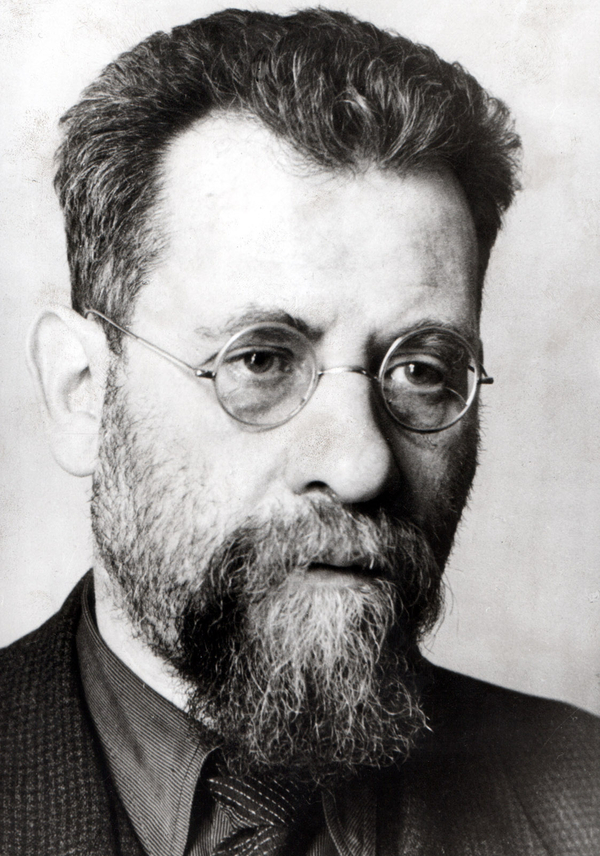Audio guide for reading
Audio guide for reading „Rheinsberg. Ein Bilderbuch für Verliebte“ appeared in the fall of 1912. The author, Kurt Tucholsky, was a 22 year-old law-student and hardly known to the audience. When the novel went on sale for one Mark, Tucholsky’s status changed immediately.
The satirical magazine “Simplicissimus” gleefully noticed: “Thank God, Eichendorff isn’t dead yet”, regarding the romantic and humorous tone of the novel.
The author Gabrielle Tergit remembers later:
“This young doctor goes on a journey with a young man of her own age. That was a new world. This opened up undreamt-of possibilities. It was “The Sorrows of Young Werther” for the generation that went to the World War. We all gave it to our boys to take with them who fought in that war.”
The novel’s instant success was certainly based on the ironic counter draft it offered to major issues of its time: rural instead of urban, passion instead of moral finger-wagging and youthful ease instead of conservative bourgeoisie. Furthermore, place and time of publication were chosen well; the 200th anniversary of Frederick the Great was celebrated in 1912 and Rheinsberg, his childhood residence, was on everyone’s lips. Tucholsky contrasted the royalist Prussian subjects with a cheerful and libertine attitude of his generation.
![[Translate to Englisch:] Kurt Tucholsky Literaturmuseum [Translate to Englisch:] Kurt Tucholsky Literaturmuseum](/fileadmin/_processed_/4/c/csm_logo-ktm_adccaface9.png)









